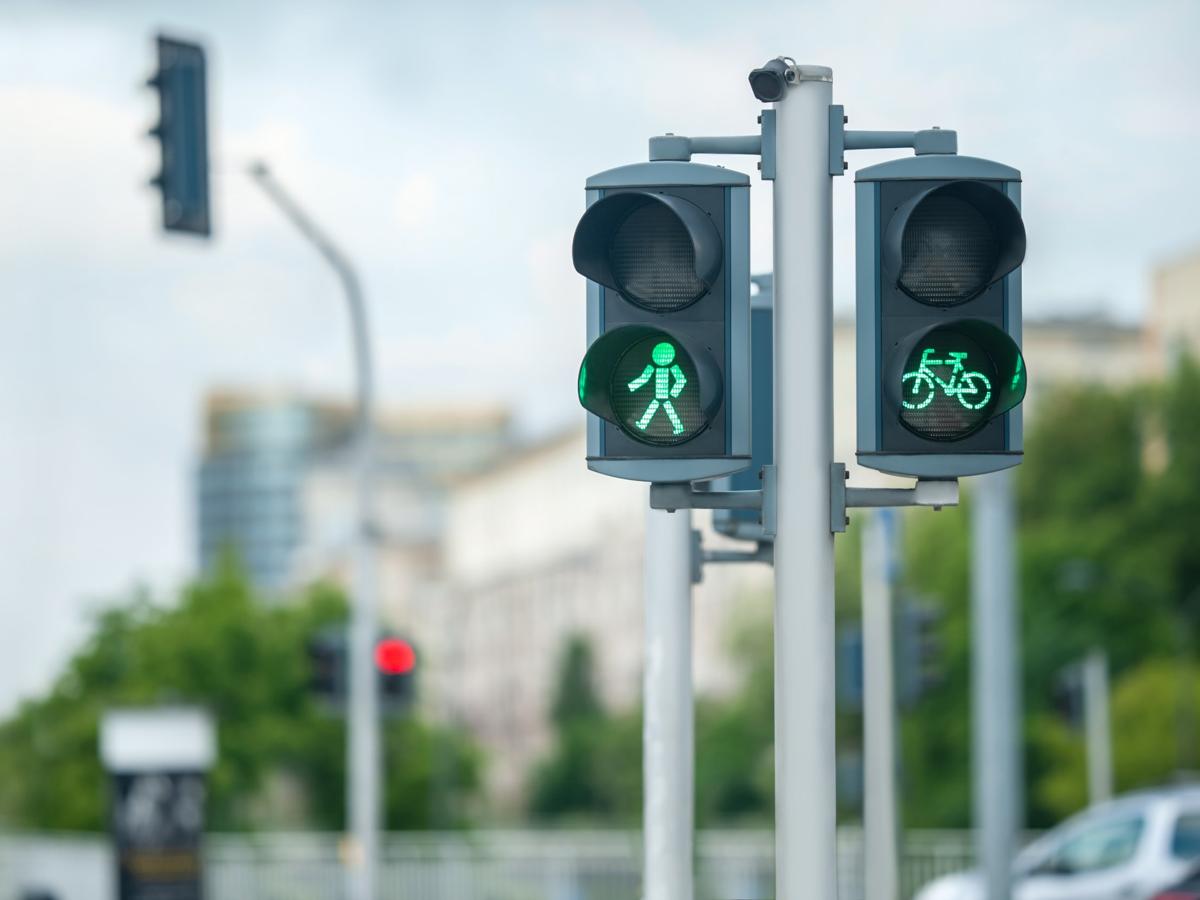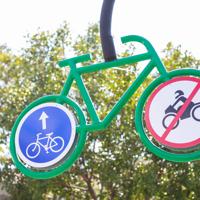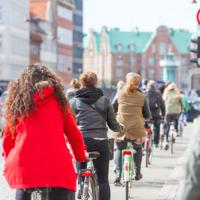In recent years, there has been a growing interest in merging cycling with public transportation. The combination offers a flexible solution for urban commuting, allowing riders to enjoy the benefits of both modes of transport. This article’ll explore how these methods can work together and provide practical tips for making the most out of the combination.
Benefits of Combining Cycling with Public Transport
Flexibility and Efficiency
Cycling to and from public transport hubs can cut down on travel time, especially in areas where direct public transport options are limited. It offers the convenience of bypassing short bus trips and crowded stations, making travel more efficient.
Cost-Effective Commuting
Utilizing both public transport and biking can be cost-effective. Riders can save on gas and parking fees and potentially even reduce the number of fares purchased if they have a transport pass.
Environmental Impact
Integrating cycling with public transport reduces dependence on cars, which lowers emissions. By contributing less to traffic congestion and pollution, individuals can play a part in making cities more sustainable.
Planning Your Journey
Consider planning your journey in advance to ensure it suits your schedule and distance. Many transit systems have apps or websites to provide real-time updates on schedules, routes, and bike policies.
Bike-Friendly Transit Systems
Different cities have varying rules about bringing bikes on public transport. Familiarize yourself with these policies to plan accordingly. For example:
- San Francisco Bay Area’s BART: Bicycles are allowed on the trains except during peak hours.
- Amsterdam: Allows bikes on trains with a bike supplement ticket.
- Berlin: Offers bike compartments in metro trains and regional trains for a small fee.
Secure Bicycle Parking
Ensure your bike is secure when you’re using public transport. Many cities offer bike parking solutions such as:
- Bike Racks: Common at many bus and train stations. Bring a sturdy lock.
- Bike Lockers: Available at certain stations with advanced reservations.
- Bike Shares: Consider using bike share programs that integrate with public transport.
Practical Tips for Combining Cycling and Public Transit
Travel Light
When combining modes of transport, it’s helpful to travel light. Consider using a small backpack or panniers for essentials. This will make it easier when transitioning from bike to transit.
Use Folding Bikes
Folding bikes are portable and accepted more readily on public transport networks. They are a worthy consideration if space is a concern.
Punctuality
Leave some buffer time between your bike ride and your public transport schedule, especially if it’s part of your daily commute. This ensures that minor delays won’t affect your overall travel plans.
Personal Experiences and Stories
Everyone’s experience combining cycling with public transport is unique. A friend once told me about his daily commute in London, where he cycles to his nearest tube station. He enjoys the flexibility of skipping traffic and appreciates the quick ride from the station closer to his workplace.
Final Thoughts
Combining cycling with public transport can be an enriching commuting experience. It might take a bit of planning and adjustment initially, but it offers flexibility, sustainability, and cost savings over time.
Finding the right balance between these modes of transport could contribute to a healthier lifestyle and a cleaner urban environment. Remember, everyone’s combination will look a little different based on personal preferences, schedules, and local infrastructure. Happy commuting!
References:




